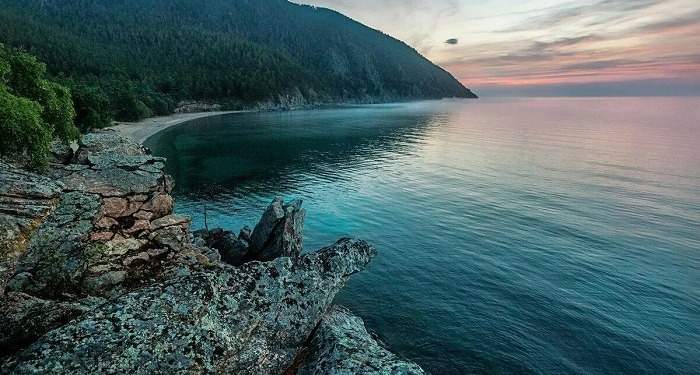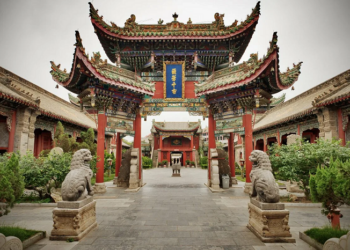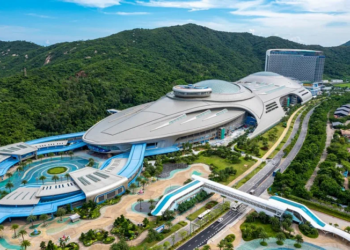In the southern part of Eastern Siberia there is one of the most famous bodies of water in the world – Lake Baikal. Its area is equal to the area of the Netherlands, Belgium or Denmark. If we count according to the water surface, Baikal ranks eighth in the world among the largest lakes.
Thousands of travelers dream of seeing it, and locals respectfully call it the sea and consider its waters sacred. I’ll tell you how Baikal differs from other lakes, why you really need to get to it, and what facts about it are the most interesting and surprising.
The deepest lake on the planet
The first and most famous “title” of Baikal. The maximum depth mark was set at 1642 meters – this is almost five times the height of the Eiffel Tower. The average depth of the lake is about 750 meters.
Another record for Baikal – the lake is considered the largest freshwater lake in the world. 19% of the world’s fresh water reserves are concentrated here, and the volume of the lake is 23.6 thousand km³. This is almost 90 times the volume of the Sea of Azov.
Baikal never gets old
The average lifespan of ordinary lakes is 10-20 thousand years. While scientists estimate the age of Baikal at 25-35 million years. At the same time, the lake shows no signs of aging – it does not become swamped or filled with sediment, but, on the contrary, continues to grow.





